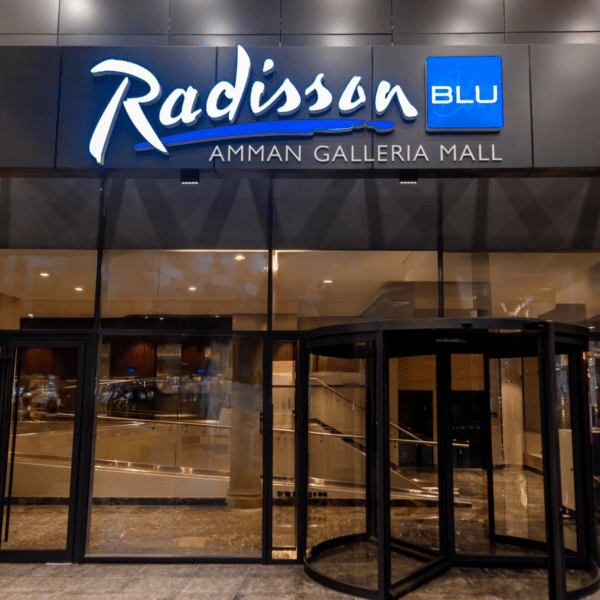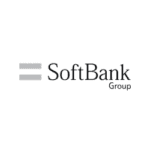The saying goes, “A picture is worth a thousand words.” Now imagine what a video says! Last year, some 750,000 drones – known to the professional industry as Unmanned Aerial Vehicles and abbreviated as UAVs – were sold through big box retailers, with a forecast of over a million transactions this year. In parallel are frequent stories on the evening news recanting tales of UAVs making close contact with commercial aircraft in tandem with the fitting calls for regulation of this fast-growing, seemingly recreational activity.
If you own or operate a large resort, golf course or rural property, aerial photography seems like a natural enhancement for your website or other digital marketing purposes such as sales videos. What would once have been an expensive, helicopter-based photo session can now be delivered cost-effectively through the use of UAVs.
But before you ask your neighbor’s kid to pop his GoPro camera onto his Radio Shack Vektor (a typical example of a toy UAV), there are a number of issues and regulations that you need to be aware of. That is why I sat down with Frank Galella, President of Next Generation Aviation Services (www.nextgenuav.com/), to learn more about this rapidly expanding field.
Why has drone photography become more mainstream of late?
About five years ago, a few manufacturers figured out that photo and video equipment could be mounted onto what we call ‘multi-rotor’ platforms. Multi-Rotor UAVs can access places that helicopters cannot. They can fly much closer to your property. They hardly make any noise. And high quality production units are capable of carrying cinema-quality cameras with Hollywood-quality results. Mounting efficient 3D camera gimbals give remarkable results at a fraction of the cost of traditional helicopter-mounted equipment. The retail market for cheap drones with cameras really took off when the price point dipped below $1,000.
Is drone photography for every hotel, or is it only for resorts with a golf course?
Any hoteliers can take advantage of aerial photography. The larger the facility, the more effective aerial videos are. There is no way to capture the perspective a UAV can from the ground with traditional camera trucks, cranes or even helicopters. UAVs add an up-close and personal look at properties, highlighting the focal points and capturing the true beauty of a hotel. A UAV can also visually support your property’s interior if need be. Golf courses are quite vast and aerial cinematography gives a property the flexibility of showing off its facilities without boring the audience via endless ground shots. UAVs coupled with effective editing can give a perspective player a bird’s eye view of each individual hole, and narrated with the hole details to really sell the course.
Can’t anyone just buy a drone and a camera to make a video?
Yes, they can. In the same way, anyone with a computer can make a website! Flying a drone is no joke, though. Flying a professional unit capable of the quality of footage that you need for effective sales efforts is not something that can be purchased at a big box store. A typical drone and camera to take photos at family parties or events can be bought less than $1,000. Professional UAVs are tens of thousands of dollars, completely autonomous, and have redundant autopilots, redundant GPSs and failsafe systems. They also carry a heavy payload, which in our case is a gimbal and camera. Professional camera equipment is another $40,000, excluding lenses which can boost the cost up to over $70,000. The quality of the output is directly related to the camera/lens combination. And these heavy units demand larger UAVs with gimbal mounts.
What restrictions are there to running and operating drones?
Any drone over a half-pound is considered by the FAA to be an ‘aircraft’. Therefore, we operate under the same set of rules and restrictions that ‘real’ airplanes do, only we operate under what is called a 333 Exemption. This exemption allows us to operate as an airplane but we are exempt from obvious things like being able to sit in the cockpit. In order to fly under the 333, one must have an FAA pilots license, an FAA medical and an FAA biannual flight review, just like the real thing. This is why, in the last few years, you have seen the FAA fining people for doing dumb things with drones – they did not meet one of the above criteria or they violated some other aviation regulation. Importantly, it is the hiring firm’s responsibility to make sure the drone operator they hire has all the proper credentials. In other words, as the hotel owner, you run the risk if you hire someone who is not qualified!
Are the prices for drone photography going down with newer technology?
Professional drone photography rates are stable. One can expect to pay $2,500 for a half day rate up to about $5,500 for the whole day. The range in-between all depends on what camera equipment is being utilized. One not-so-obvious detail about professional drone photography is that we are required to fly with a minimum of a two-man crew, comprising a pilot and a gimbal operator or ‘visual observer’. Our recommendation is to have a third crew member running ground ops, keeping people safe and out of harm’s way. Drones are not dangerous by any means, but put in the wrong hands and they can be a real problem.
How do I integrate the photography into my property’s website?
A resort’s web design team would work directly with the drone’s production manager. Video can be supplied in any format and quality. Professional shoots are typically in 4K RAW, giving post production flexibility as well as enabling still shots at any timestamp in the video. Archive footage can be used at any time and there are literally thousands of still shot variables in a 15-minute video that can be used for brochures, Facebook posts, website stills and so on.
What tips do you have for those who are planning a drone photo shoot?
- Make 100% certain that the firm your hiring to do the aerial footage is certified by the FAA to carry out the project. Up until recently, it’s the drone operator that gets in trouble for operating without proper credentials, but now the person hiring is held accountable.
- Make sure the operators have insurance. UAV policies are aviation insurance policies, not general liability.
- Ensure that your post production strategy is figured out. Who is doing post production and are they capable of producing the results? Anyone with proficient editing capabilities will have ‘show reels’ to prove themselves.
- Ask a marketing or PR staffer to stay with the production crew the whole time, as better results are always obtained when the someone familiar with the property is on hand.
What additional advice can you give readers who are planning to do this work?
The marketing results of aerial UAV production have proven their worth in a very short period of time. Technology this advanced is an art as much as it is a skill. Capturing views never before seen and not obtainable by conventional means will bring a whole new dimension to the advertising industry. UAVs are faster, more effective, more efficient and capture a very compelling perspective. Drones can bring new life to websites, give customer service reps another tool to use for their emails and social media always benefits from fresh content. Bottom line: seek advice from a professional and budget this for your next fiscal year!
About the author
One of the world’s most published writers in hospitality, Larry Mogelonsky is the owner of Hotel Mogel Consulting Limited and founder of LMA Communications Inc., an award-winning marketing agency based in Toronto. His experience encompasses hotel properties around the world, both branded and independent, and ranging from luxury and boutique to select-service. Larry is also a principal of Cayuga Hospitality Consultants and is on several boards for companies focused on hotel technology. His work includes three books “Are You an Ostrich or a Llama?” (2012), “Llamas Rule” (2013) and “Hotel Llama” (2015). You can reach Larry at larry@lma.ca to discuss hotel business challenges or to book speaking engagements.
This article may not be reproduced without the expressed permission of the author.


















